Verse of the Day
Author Spotlight
Loading featured author...
Report Issue
See a formatting issue or error?
Let us know →
Verse Takeaways
1
Evidence Over Assertion
When asked if He was the Messiah, Jesus didn't just say "yes." Instead, He pointed to His actions. Commentators highlight that Jesus told John's disciples, "Go and tell John the things which ye hear and see." His miracles and teachings were the tangible proof of His identity, demonstrating that faith is grounded in the observable work of God.
See 3 Verse Takeaways
Book Overview
Matthew
Author
Audience
Composition
Teaching Highlights
Outline
+ 5 more
See Overview
Commentaries
11
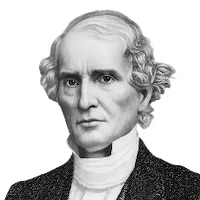
Albert Barnes
On Matthew 11:4–5
18th Century
Theologian
Go and shew John again, etc. Jesus referred them for an answer to these miracles. They were proof that he was the Messiah. Prophets had in…
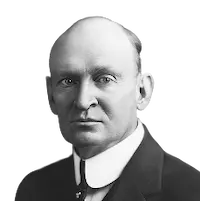
AT Robertson
On Matthew 11:4
The things which ye do hear and see (α ακουετε κα βλεπετε). This symbolical message was for John to interpret, not for them.
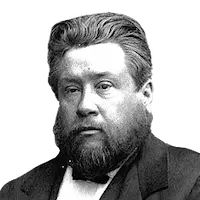
Charles Spurgeon
On Matthew 11:4–5
19th Century
Preacher
Our Lord makes no assertion, but sets clear evidence before the eyes of John’s delegates. He based the evidence of his Messiahship on His miracles.…
Go Ad-Free
Go ad-free and create your own bookmark library
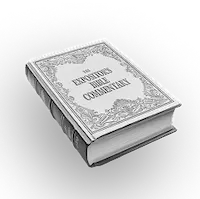
Expositor's Bible Commentary
On Matthew 11:4
Jesus’ answer briefly summarized his own miracles and preaching, using the language of Isa 35:5–6; 61:1 (with possible further allusions to 26:19; …

John Calvin
On Matthew 11:4
16th Century
Theologian
Go and relate to John. As John had, for the time, assumed a new character, so Christ instructs them to carry to him that message, which mo…
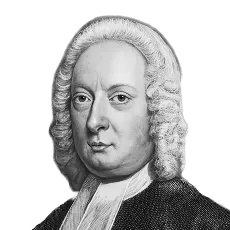
John Gill
On Matthew 11:4
17th Century
Pastor
Jesus answered and said to them
Not by an express declaration, that he was the Messiah that was to come, and they we…
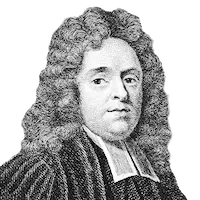
Matthew Henry
On Matthew 11:2–6
17th Century
Minister
Some think that John sent this inquiry for his own satisfaction. Where there is true faith, there may yet be a mixture of unbelief. The remaining u…
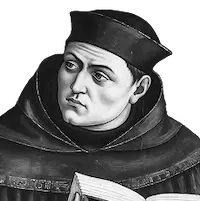
Thomas Aquinas
On Matthew 11:1–15
13th Century
Philosopher
After saying these things, the Lord passed from there to teach and preach, and this was for three reasons.
- So that what He had said by…